When you buy through links on our articles, Future and its syndication partners may earn a commission.
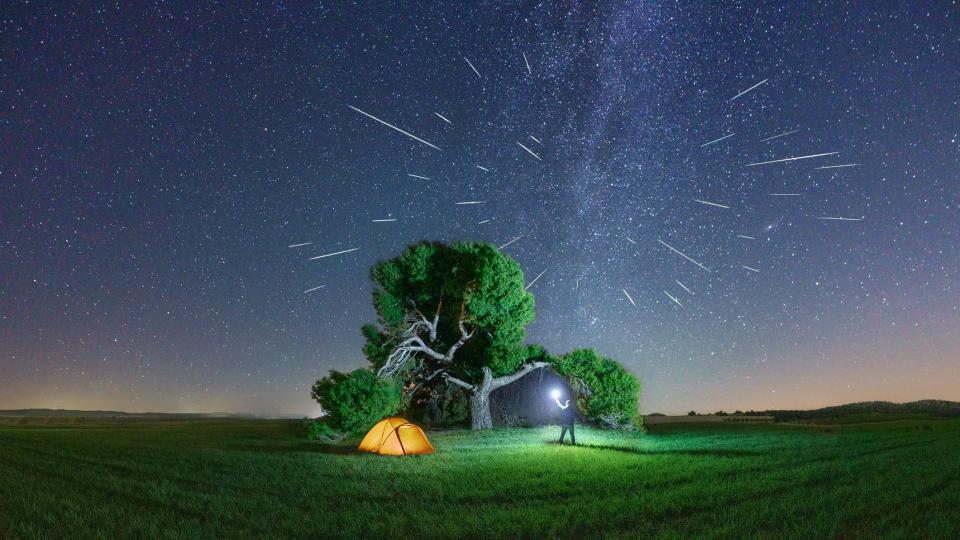

From views of a brightening Venus after sunset and the appearance of a beautiful crescent moon to the peak of the annual Perseid meteor shower, there is much to see this week (Aug. 5 to Aug. 11) using just your naked eyes.
A good telescope or pair of binoculars will help you see some of the night sky’s fainter objects. However, the unaided eye is enough to learn its stars and constellations, watch the moon, experience meteor showers and see satellites whizz across the night sky.
Read on to find out what you can see in the night sky this week without any equipment, from the moon close to planets and bright stars to catching the ever-changing moon phases, shooting stars and much more.
MONDAY, AUG. 5 — CRESCENT MOON AND VENUS (AFTER SUNSET)
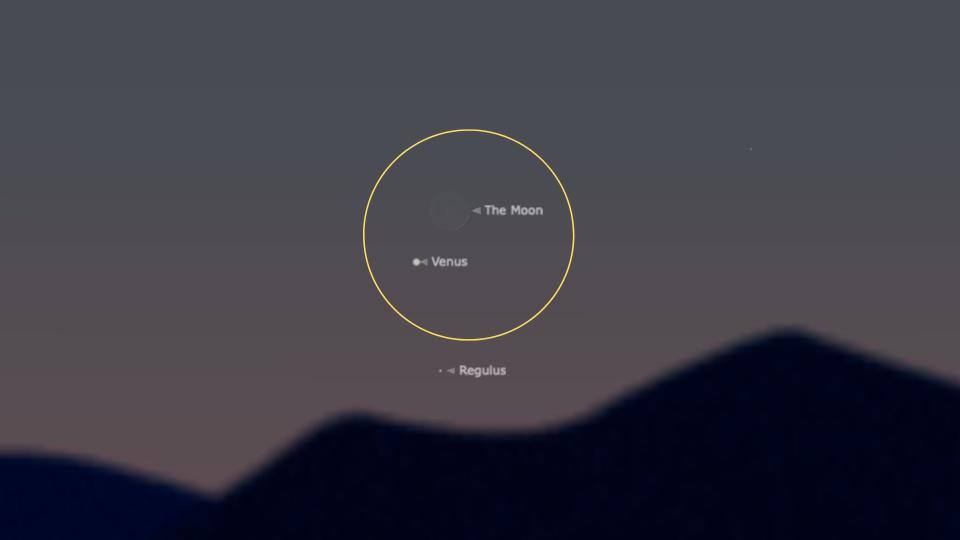

Look to the west immediately after the sun has set, and you will see Venus shining very close to a super-slim crescent moon. This will be a challenging sight since the sky will still be relatively bright as the pair sinks close to the horizon.
TUESDAY, AUG. 6 — CRESCENT MOON AND VENUS (AFTER SUNSET)
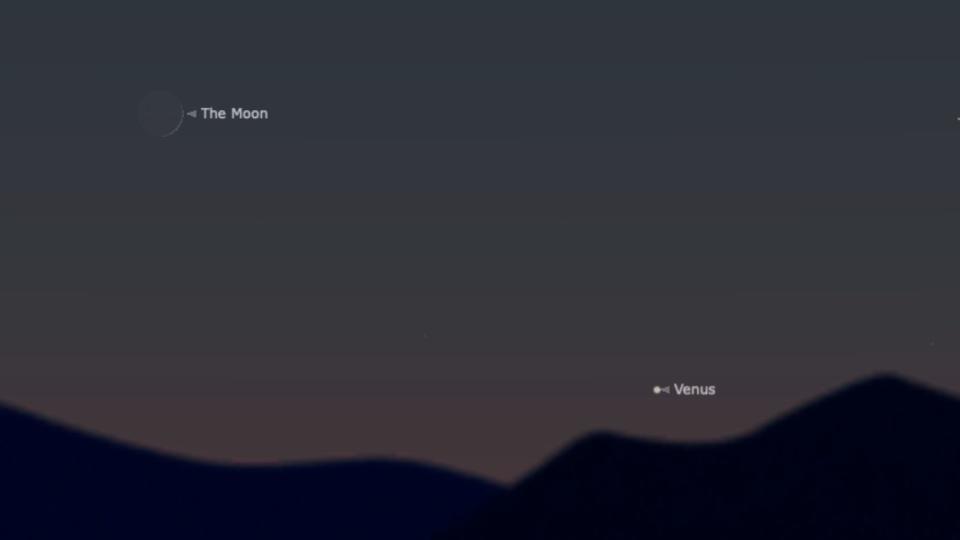

A waxing crescent moon will shine due west after sunset. It will no longer be close to Venus, but look to the moon’s lower right, and you’ll see the sixth-largest planet in the solar system shining brightly in its new apparition as the “Evening Star.” Over the next few nights, the moon will get brighter as it gets further from Venus, which will climb higher into the post-sunset sky until January, growing brighter as it seeps into a later, darker twilight.
WEDNESDAY, AUG. 7 — CRESCENT MOON, VENUS AND SPICA (AFTER SUNSET)
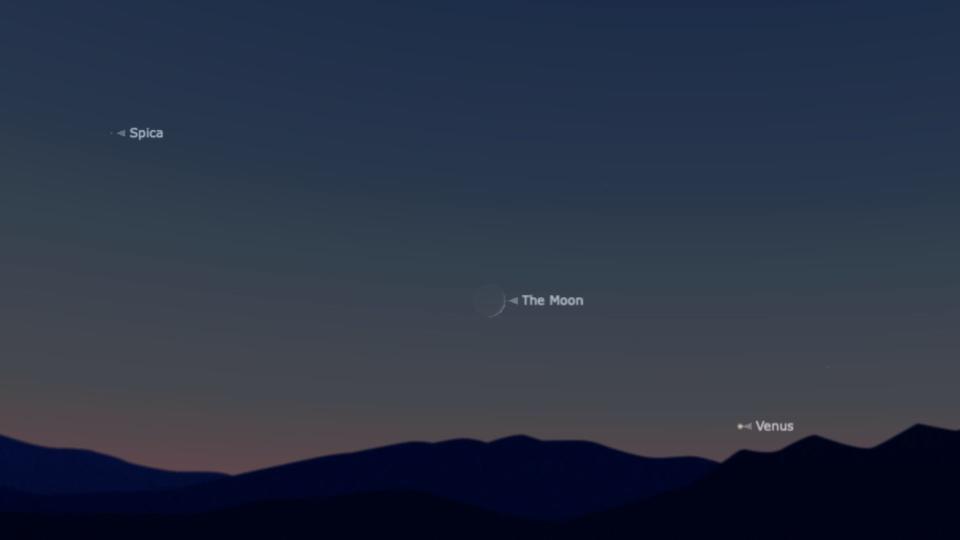

A brighter, more obvious crescent moon will tonight be positioned about halfway between Venus, to its lower right, and bright star Spica, to its upper left. One of the 20 brightest stars in the night sky, Spica is the brightest star in the constellation Virgo.
THURSDAY, AUG. 8 — CRESCENT MOON, VENUS AND SPICA (AFTER SUNSET)
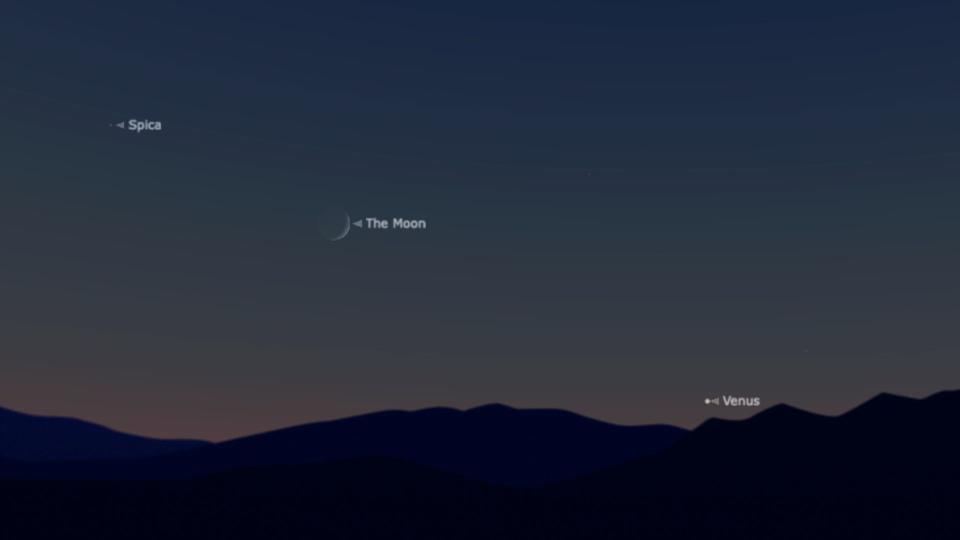

Here’s another chance to see the crescent moon dominating the post-sunset evening sky, with Venus shining stubbornly close to the western horizon. Look at the moon’s dark left side. Can you make out any details? Since no sunlight shines directly on it, it should be dark, right?
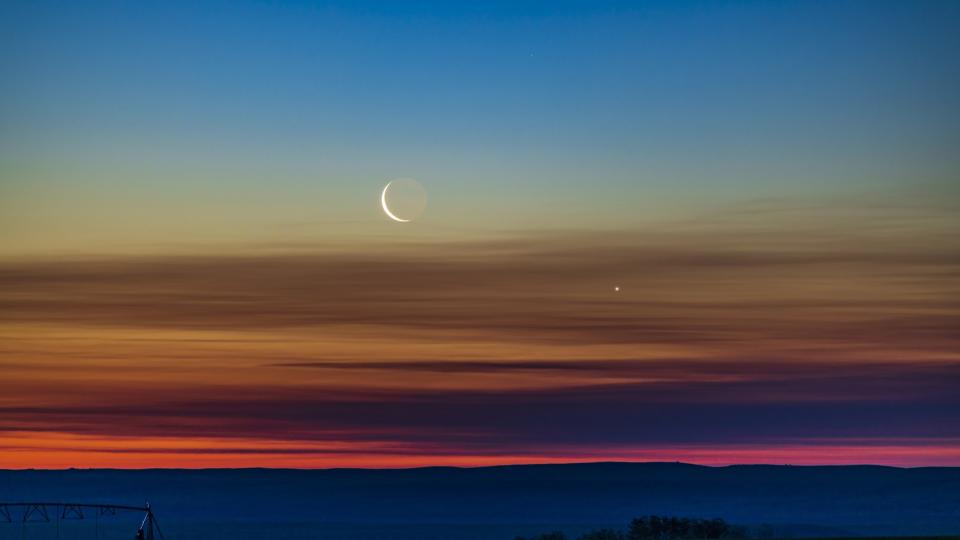

The light you can see is called “Planet-shine,” “Earthshine,” or “Da Vinci Glow.” It’s sunlight shining on Earth and reflecting onto the moon. It’s easiest to see in a crescent moon a few days old.
FRIDAY, AUG. 9 — SATURDAY, AUGUST 10 – CRESCENT MOON, SPICA, ANTARES AND THE MILKY WAY (AFTER SUNSET)
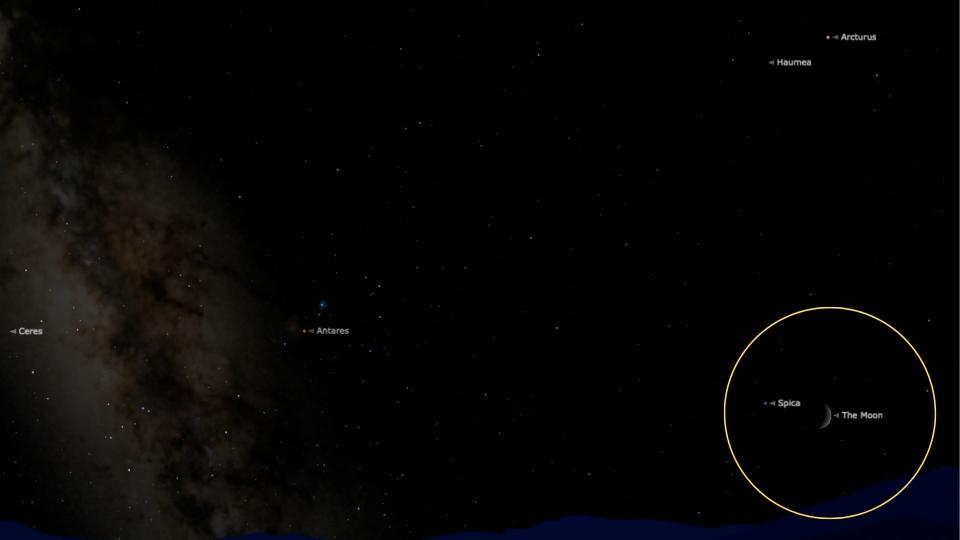

About a quarter of the moon’s Earth-facing side is now lit by the sun. Across two nights, it will appear on either side of Spica. Arcturus in the constellation Boötes will appear directly above the pair, while to the south, the Milky Way will rise after dark. However, to see the arc of our galaxy, you’ll need to be well away from light pollution.
SUNDAY, AUG. 11 — MONDAY, AUG. 12: PERSEID METEORS PEAK (PRE-DAWN)
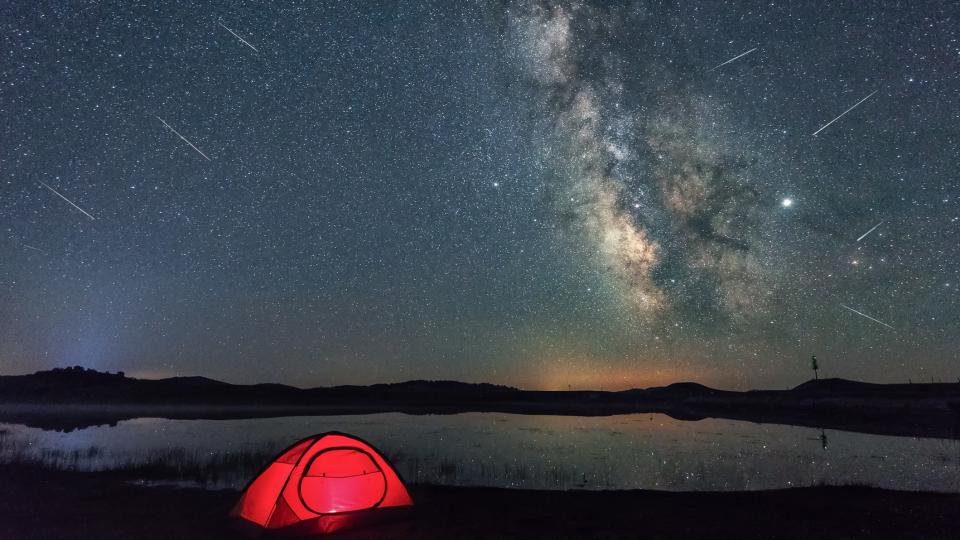

It may not be the most prolific meteor shower of the year (that distinction goes to December’s Geminids and January’s Quadrantids), but there’s no better time to see shooting stars from the northern hemisphere than tonight. At its peak, the annual Perseid meteor shower can produce around 60 meteors per hour visible in the night sky. The radiant point (where the meteors will appear to emanate from) will be the constellation Perseus, which will rise in the northeastern sky around midnight.
Meteor showers can often be marred by strong moonlight, but not so the Perseids this year since the First Quarter Moon will set around midnight. Look skywards during the early hours of Monday for the best chance of shooting stars, though light pollution and the clarity of the sky will make a huge difference. If you can, get away from light pollution — at least 40 miles from a major urban area is wise — but wherever you watch from, make sure don’t have any artificial lights in your line of sight. Sit back, relax in a lawn chair, keep warm, and take regular breaks. Never look at your smartphone; its white light will ruin your eyes’ dark adaption, which takes about 20 minutes to cultivate and just a single second of white light to ruin.
Want to try your hand at capturing some of these events with a camera? Check out our guide on astrophotography for beginners. If you don’t have everything you need, be sure to see our guides on the best cameras for astrophotography and the best lenses for astrophotography.
Jamie Carter is the author of Stargazing in 2024 and A Stargazing Program For Beginners.
Editor’s note: If you have an amazing skywatching photo and would like to share it with Space.com’s readers, send your photo(s), comments, and your name and location to spacephotos@space.com.
